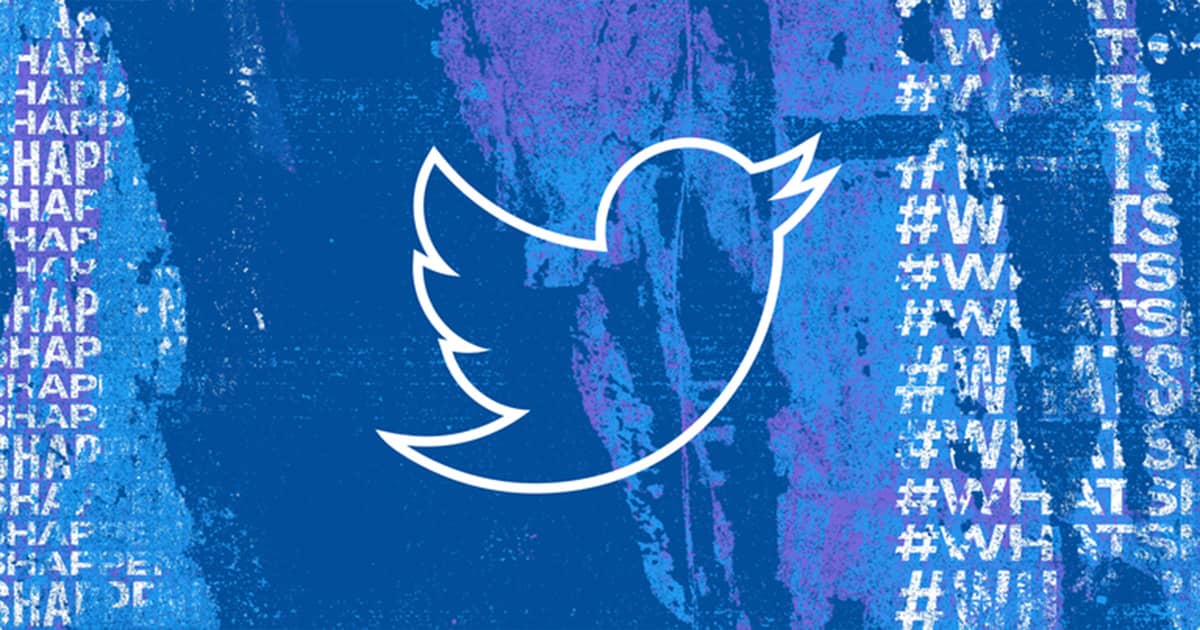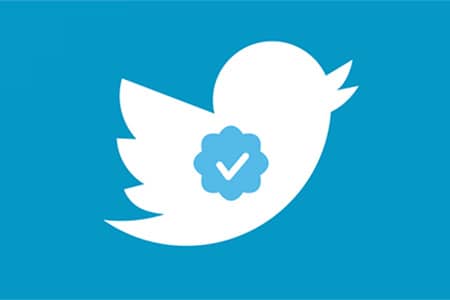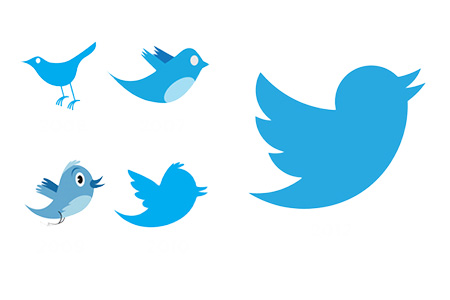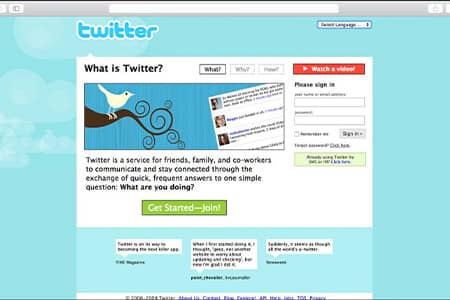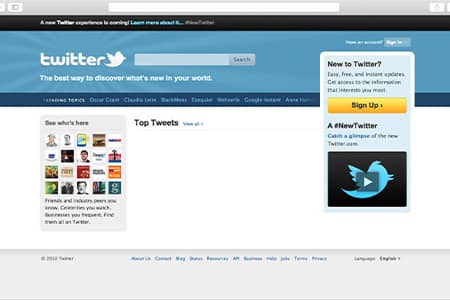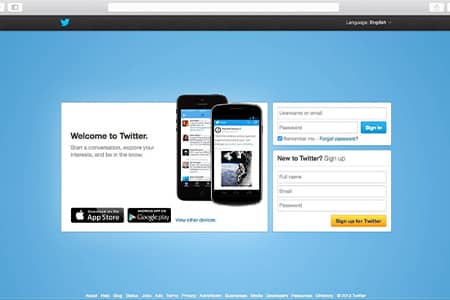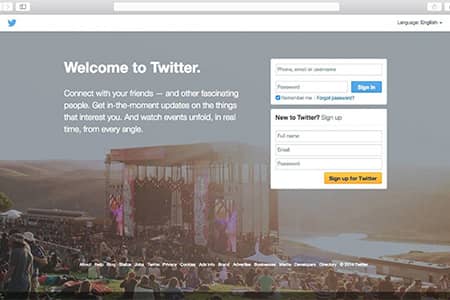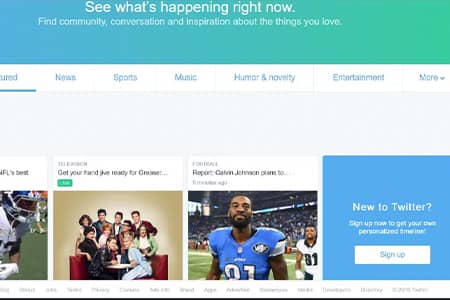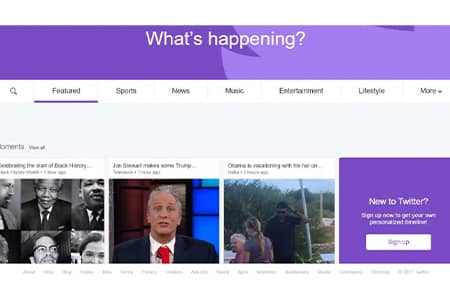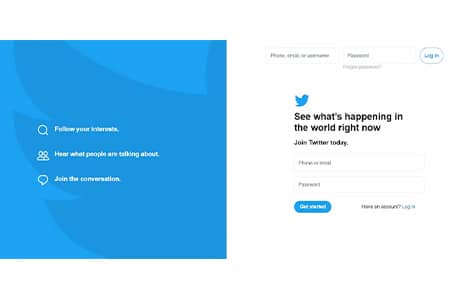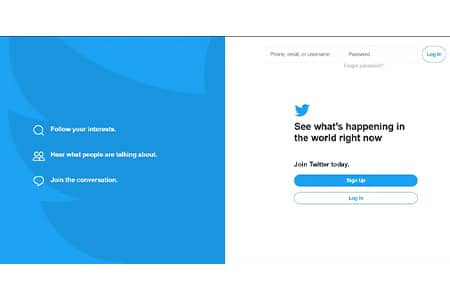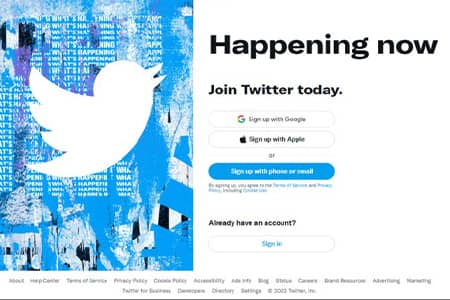From the first few months of 2022 until now, a wave of layoffs has been sweeping 134,164 jobs in 834 tech companies across the United States of America.
The first question comes to our mind is, “Who’s making cuts?”.
In this article, we’ve summed up the US firms that announced cuts. But first, let’s dig deeper into the reasons why.
New startups like Peloton have already laid off thousands of employees this year. Online car dealer Carvana plans to slash 12% of its workforce. Even traditionally layoff-resistant companies like Netflix are also making cuts.
A new initiative to track layoffs across technology companies in the US has arisen recently, with data about laid-off employees for other companies who are hiring.
The reason is that business growth is slowing while labor costs are increasing. The combination is causing American companies across various industries to slash headcount.
The situation has become even harder since the Russia-Ukraine war in Feb this year.
The layoffs cut across industries, from mortgage lending to digital-payment processing. Here are some of the most notable examples so far:
META lays off 11,000 employees (November 2022)
The giant social media company META laid off 11,000 employees, representing 13% of the company’s headcount, in November 2022. The company’s costs and expenses jumped 19% year over year in the third quarter to $22.1 billion.
According to CNBC, the layoffs come amid a tough time for Facebook parent company Meta, which provided lukewarm guidance in late October for its upcoming fourth-quarter earnings that spooked investors and caused its shares to sink nearly 20%.
Amazon plans to lay off 10,000 of its staff (November 2022)
Amazon plans to lay off approximately 10,000 people in corporate and technology jobs starting November 17, 2022.
The cuts will focus on Amazon’s devices organization, including the voice assistant Alexa, as well as at its retail division and in human resources.
SWVL lays off 32% of its staff (May 2022)
Swvl Mass transit solutions provider will reduce its headcount by approximately 32% “400 employees” to cut central costs and enhance efficiency.
This decision means that over 400 people will lose their jobs as the Dubai-based company has more than 1,330 workers.
Twilio lays off 11% of its staff
San Francisco-based cloud communication giant Twilio will lay off 800 to 900 employees across its staff of over 7,800, approximately 11% of its headcount, to cut costs during the broader economic downturn.
Better: About 5,000 people were laid-off
In late 2021 and continuing through the first several months of 2022, mortgage startup Better.com laid off approximately 4,000 people.
The first wave started right before the holiday season in 2021 when CEO Vishal Garg laid off “hundreds” of people.
Garg told employees during a Zoom call that the company “lost $100 million last quarter,” which he said “was my mistake.” He said the layoffs shouldn’t have happened right before the holiday but “three months ago.”
Better followed up with another 3,000 layoffs in March and is now accepting voluntary releases in some departments.
Peloton: Over 2,800 people were laid-off
In February, Peloton fired over 2,800 people — including 20% of its corporate workforce — because of an ongoing downturn in its business.
Peloton faced a significant setback after home-fitness products spiked in popularity during the height of the coronavirus pandemic in 2020.
With gyms reopening as vaccination rates increased, Peloton’s business took a huge hit: The company’s market value has dropped from $50 billion last year to around $6 billion as of early May 2022.
Carvana: About 2,500 people will be laid-off
Carvana plans to cut 12% of its staff or 2,500 employees. The online car dealer announced a filing with the Securities and Exchange Commission.
In an email to employees viewed by The Wall Street Journal, CEO Ernest Garcia III said that the company had overestimated growth amid a challenging time in the auto industry.
By cutting staff, Carvana aims to find “a better balance between its sales volumes and staffing levels,” the company said in the SEC filing.
Garcia founded Carvana in 2012 as a subsidiary of his father’s company, DriveTime Automotive. Carvana’s service allows customers to buy cars online, delivered to customers’ doors, or picked up at a Carvana vending machine.
Both father and son saw their fortunes skyrocket as demand for used cars hit new highs during the pandemic. Carvana said in its SEC filing that executives would forego their salaries for the rest of 2022 to help cover employee severance pay.
Reef: About 750 people will be laid-off
Ghost kitchens company Reef Technology will cut 5% of its global workforce.
The SoftBank-backed startup is laying off about 750 employees to work toward profitability amid a challenging economic environment. CEO Ari Ojalvo wrote in a memo to staff obtained by Insider.
The layoffs come months after Reef said it would pause operations on some of its “underperforming” locations. In recent weeks, current and former employees told Insider that Reef had closed one-third of its kitchens and focused on its partnerships with major chains like Wendy’s and Buffalo Wild Wings.
Noom: About 495 people were laid-off
The weight-loss app maker Noom recently laid off hundreds of coaches, Insider reported last month — part of a bigger-picture pivot for the company toward more video-based coaching.
Through its same-name app, the company pairs dieting with personal coaches to achieve weight loss for users. Some coaches told Insider they were responsible for advising hundreds of users at any time. Interactions with those coaches were often through text, which users critiqued as “canned advice.”
From now on, Noom focuses on offering users scheduled video calls with coaches.
GoPuff: More than 400 people will be laid-off
GoPuff told staff in March that it would cut 3% of its workforce or more than 400 workers, Insider reported.
The cuts impacted both corporate staff and workers at Gopuff’s warehouses as the company works to enter its “next chapter — with a new global business model and corresponding investment priorities,” cofounders Rafael Ilishayev and Yakir Gola wrote in an email to the employees.
GoPuff was founded in 2013 in Philadelphia with the goal of ultrafast delivery of convenience-store items.
Thrasio: Up to 20% of staff will be laid-off
Thrasio, known for creating the Amazon aggregator market, is laying off many people. Additionally, the company’s CEO and founder, Carlos Cashman, is stepping down from leadership.
Amazon aggregators work by identifying product leaders on Amazon, then buying the companies that make those products and consolidating them under one umbrella company.
In a memo sent to employees, Thrasio’s leadership said the layoffs were due to the company’s “hypergrowth” in acquiring companies. “At times, we have been acquiring a new company almost every week,” the memo said, “and running hard to build the infrastructure to support this growth.”
Two sources told Insider the layoffs could impact up to 20% of Thrasio’s staff.
Robinhood: More than 300 people
The so-called “meme stocks” from GameStop and AMC exploded during the pandemic.
Much of that explosion in stock value was driven by accessible trading platforms like Robinhood.
And while new users piled in during the pandemic, Robinhood hired rapidly. Between 2020 and 2021, Robinhood’s staff grew dramatically: from 700 people to around 3,800, according to CEO Vlad Tenev. But that growth was too fast, and Robinhood was forced to slash its headcount by 9% — more than 300 people altogether.
“This rapid headcount growth has led to duplicate roles and job functions, and more layers and complexity than optimal,” Tenev, Robinhood’s CEO, said in April. “After carefully considering all these factors, we determined that making these reductions to Robinhood’s staff is the right decision to improve efficiency, increase our velocity, and ensure that we are responsive to the changing needs of our customers.”
Wells Fargo: Unknown number of people in mortgage lending
As mortgage revenues fell at Wells Fargo in the first quarter of 2022, the company began laying off employees in mortgage-related positions, Insider reported in late April.
Loan processors and underwriters, among other positions, were reportedly affected by the layoffs. Wells Fargo representatives declined to say how many people were impacted by the cuts but did confirm the releases in an emailed statement.
“We are carrying out displacements transparently and thoughtfully and assisting, such as severance and career counseling. Additionally, we are committed to retaining as many employees as possible and will do everything we can to help them identify other opportunities within Wells Fargo,” a Wells Fargo spokesperson said in a statement provided to Insider.
Gorillas: ‘Nearly 300’ people were laid-off.
German grocery-delivery company Gorillas announced layoffs of “nearly 300” people this week.
The layoffs, the company said, are part of a larger “shift to long-term profitability,” which means trimming staff as Gorillas focuses on its five “core” markets: Germany, France, the Netherlands, the UK, and the US.
Impacted employees, mostly corporate staff, were shocked by the sudden layoffs.
“It’s not a secret that the company hasn’t been doing well, but I didn’t expect to wake up and lose my job,” a Berlin-based employee laid off by Gorillas told Insider. “My managers weren’t even aware or consulted. It’s not the laying-off that hurts; it’s how it’s been done.”
Canopy Growth: 250 people were laid-off
One of the world’s largest publicly traded cannabis companies, Canopy Growth, slashed 250 jobs in Canada earlier this year as it faces increasing competition in the burgeoning cannabis market.
Layoffs are among several cost-cutting measures that Canopy Growth is taking “to ensure the size and scale of our operations reflect current market realities and support our company’s long-term sustainability,” Canopy Growth CEO David Klein said in a statement.
Canopy’s stock has suffered as a result: It was trading around $6 a share as early May, down from $9.30 in early January.
Cameo: 87 people will be laid-off
Cameo is laying off 87 people, CEO Steven Galanis confirmed in early May.
“Today has been a brutal day at the office,” he wrote. “I made the painful decision to let go of 87 beloved members of the Cameo Fameo.”
Through Cameo, people pay celebrities to make personalized audio and video recordings.
Galanis described the layoffs as a “course correction” in a statement to Variety. The cuts follow a staffing boom during the pandemic — from around 100 employees before 2020 to about 400 in 2022.
PayPal: 83 people were laid-off
PayPal quietly laid off 83 people, according to a Securities and Exchange Commission filing spotted by The Information.
The company employs more than 30,000 people worldwide, over a third of whom are based in the United States. According to TechCrunch, the cuts appear to be tied to the company downsizing its presence in the San Francisco Bay Area.
Food52: About 20 people were laid-off
After raising $80 million from investing firm The Chernin Group last December, the content-creation team at food publication and retailer Food52 was suddenly laid off in early April.
About 20 of the company’s 200 employees were let go in the layoffs, which was a major surprise to those affected.
“Everyone on the team and my immediate boss were gut-punched,” one of these employees told Insider. “We all had gotten raises and bonuses just a month prior.”
Two laid-off employees said Food52 executives told them the company was “pivoting to commerce” and away from the content that the affected employees created: recipes and other instructional cooking content.
Outside, ClickUp, Zulily, and Latch all laid-off staff
Layoffs aren’t only impacting major corporations — a variety of smaller and lesser-known companies are also firing people to save money, such as:
- Online retailer Zulily laid off “fewer than 100” members of its corporate staff, Geekwire reported earlier this month. “Last week, we announced to our team members some hard choices we have made for our organization to bring our operating expenses in line with our revenue and position our business for future growth,” a spokesperson said.
- Outside, the magazine conglomerate and publication laid off 66 people as part of a larger restructuring to make the company a digital-first publishing house, Aspen Public Radio reported this week.
- ClickUp, a software company that makes a productivity app, cut 7% of its staff “to ensure ClickUp’s profitability and efficiency in the future,” the company told Protocol. It’s unclear how many people were impacted, but estimates put the company’s staff at over 500.
- Latch, a company that makes a smart lock, laid off about 130 people last week — 28% of its total staff, it said. The layoffs are intended to “better align staffing and expense levels with current sales volumes and the macroeconomic environment.”


